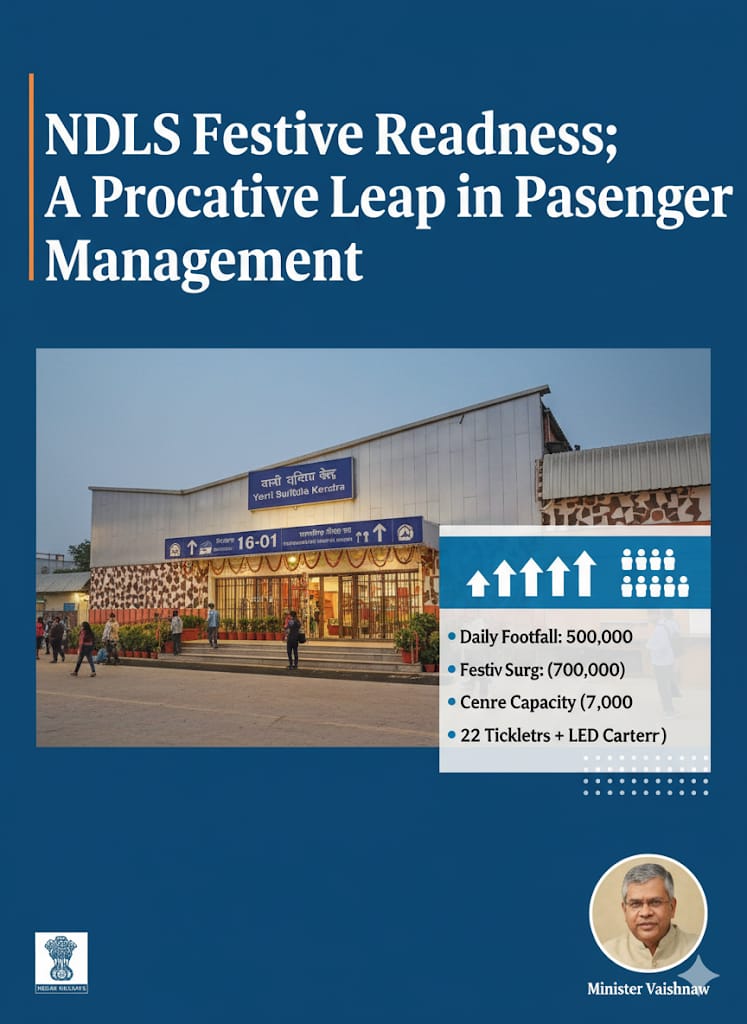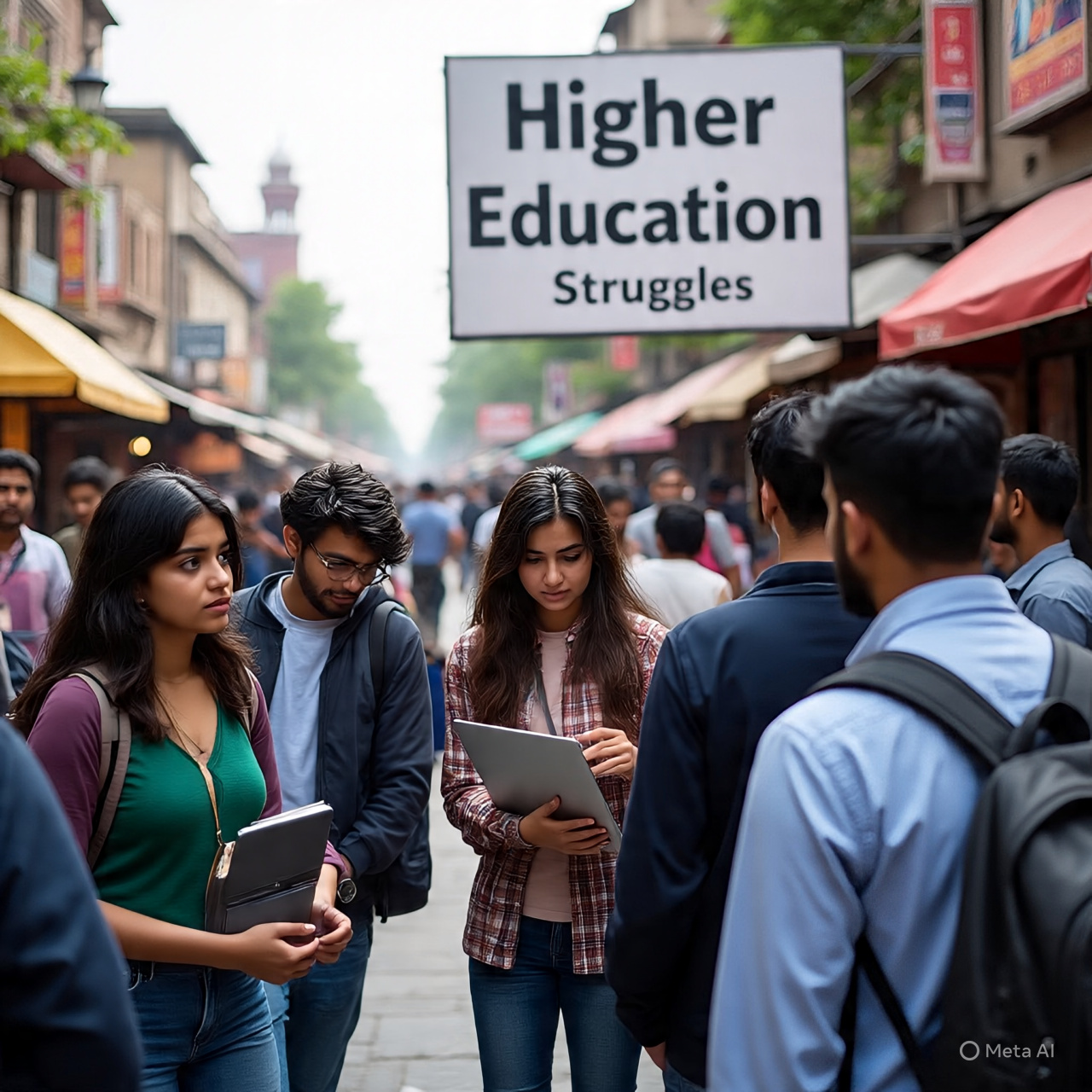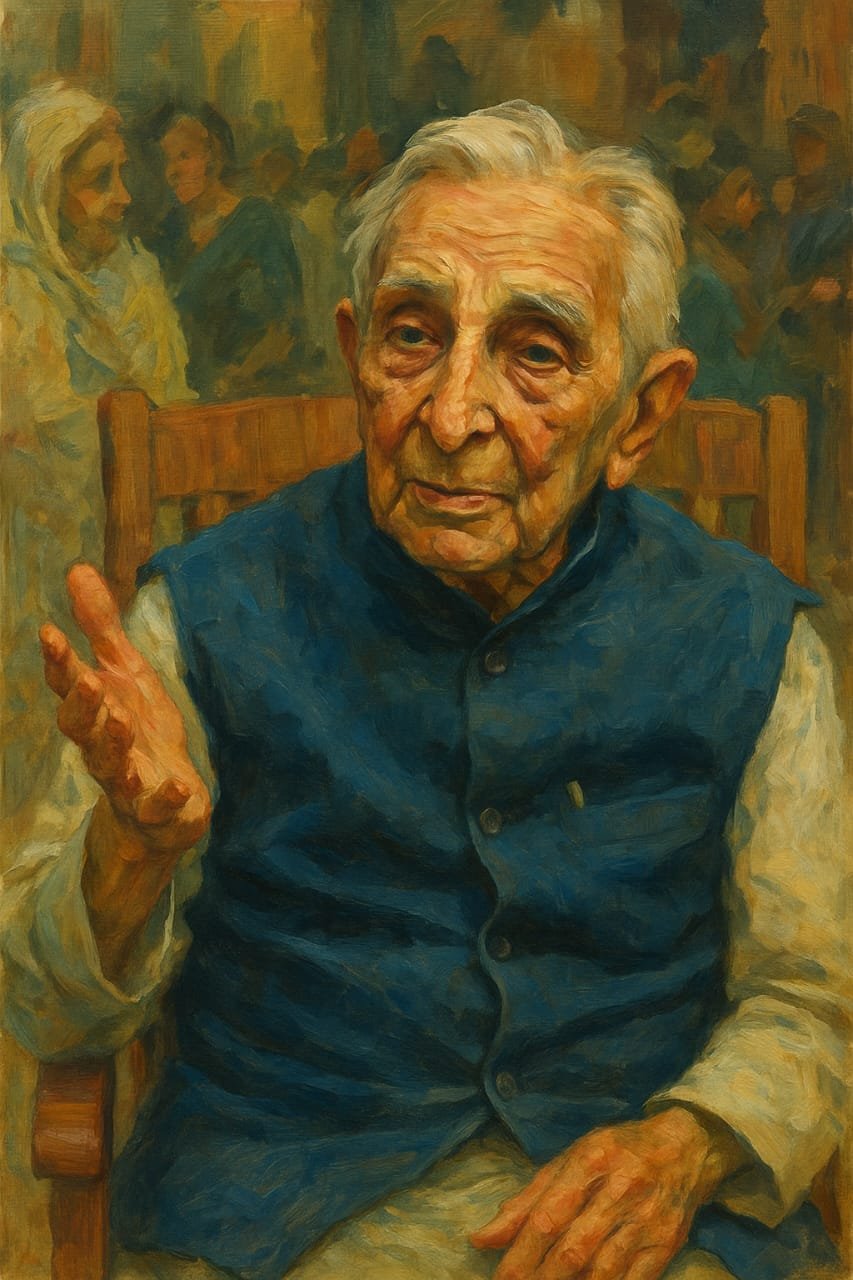
On July 5, 2025, Krishen Khanna, one of India’s most respected and emotionally driven painters, turned 100. This milestone is not just about age but about a century lived through creativity, observation, and storytelling. Khanna’s journey as an artist reflects the evolution of Indian modern art. His paintings continue to speak to people across generations, not with abstract puzzles, but with emotions rooted in real experiences.
Born in 1925 in Lyallpur, a city now in Pakistan, Krishen Khanna’s early life was shaped by the cultural richness of pre-Partition India. He studied in Lahore and later moved to India after Partition. Like many others of his generation, Khanna did not begin his career as an artist. He first worked in a bank, balancing his profession with his growing passion for painting. In 1961, after years of working by day and painting by night, he finally left the banking world. On the last day of his job, renowned artists like MF Husain and VS Gaitonde stood beside him. Their presence reflected the deep respect he had earned in the art world even before becoming a full-time artist.
What makes Krishen Khanna’s story unique is that he never went to an art school. He was self-taught, learning through observation, reflection, and constant practice. His subjects were not kings or gods but everyday people who often remain invisible in the grand narratives. His paintings featured labourers, musicians, displaced families, and common workers. He brought dignity to their lives through his art. One of his most moving works, News of Gandhiji’s Death, shows a group of people reacting to the news of Mahatma Gandhi’s assassination. One figure appears especially grief-stricken, showing how national tragedy touches individual hearts.
Among his most famous series are paintings of wedding band musicians. Dressed in bright red uniforms, they are symbols of celebration. Yet outside of weddings, their lives are filled with struggle. Khanna saw their joy as well as their hardships, and this contrast became a powerful subject in his work. He painted with empathy, turning the ordinary into something deeply human.
Krishen Khanna was also a witness to the Partition of India, and several of his works reflect this painful chapter in history. Unlike historical records that focus on leaders and events, his art shows the emotional cost of displacement. It brings forth the pain, resilience, and courage of people who had to rebuild their lives from scratch.
In later years, Khanna turned to religious themes but presented them through a deeply human lens. His version of The Last Supper is not set in Jerusalem but in an Indian environment. The people in the painting look like those you might find on the streets of Delhi or Mumbai. His aim was not to preach religion but to show that human emotions like trust, betrayal, and sacrifice are universal.
Khanna has received many prestigious awards, including the Padma Shri and Padma Bhushan. His large mural The Great Procession at the ITC Maurya Hotel in Delhi is a landmark work. It is not only admired by art lovers but also by everyday visitors who may not know much about painting but feel connected to the figures in the scene.
Even at the age of 100, Khanna continues to create. At a recent event held in his honor, he gave young artists a piece of simple but powerful advice. He said that learning to paint in a classroom is only the beginning. To become a true artist, one must go out, meet people, observe life, and understand its joys and struggles. Only then can art become meaningful.
Krishen Khanna’s legacy lies not just in his paintings, but in his belief that art should connect with people. His work is accessible and emotionally rich. It shows that art does not have to be complicated to be powerful. For students and young creators, his life is a reminder that passion, honesty, and observation can lead to greatness. Even after a century, Khanna’s brush has not stopped telling stories that matter.




.jpeg)
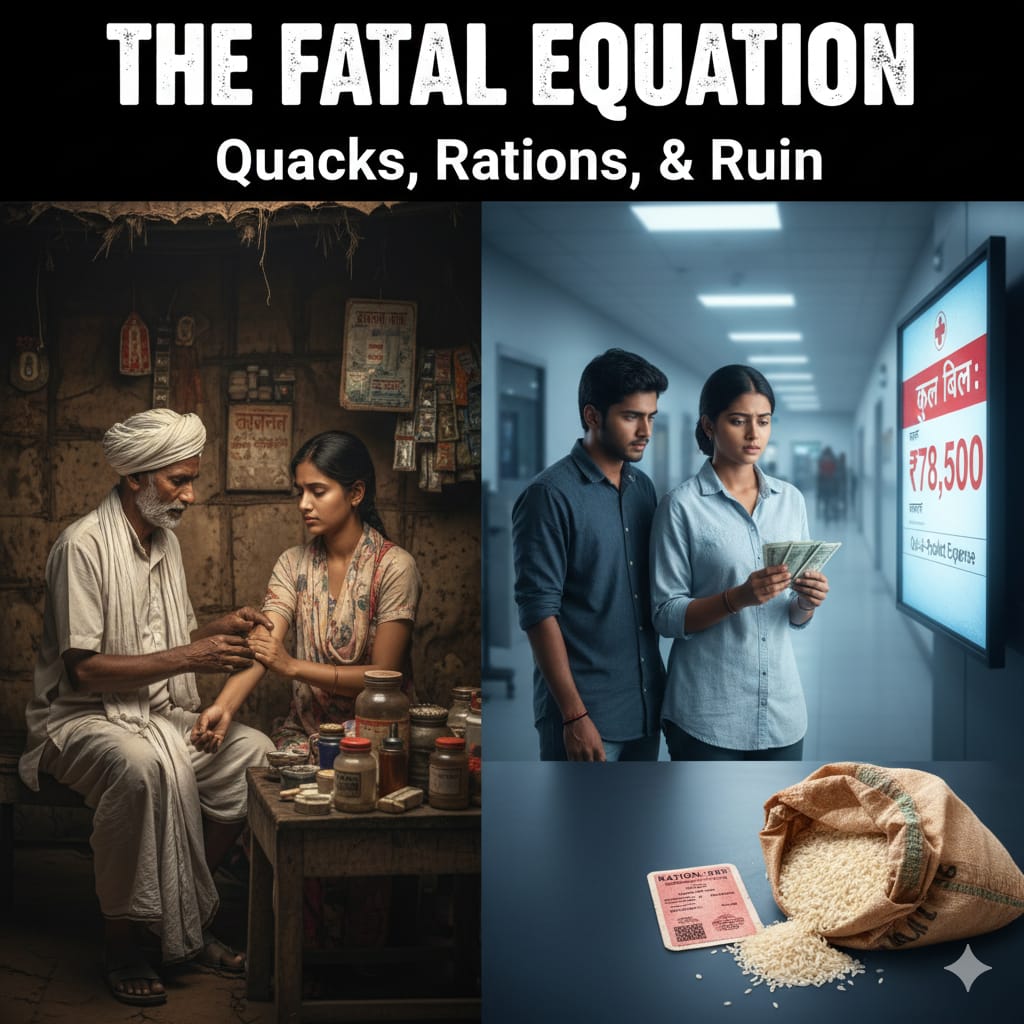
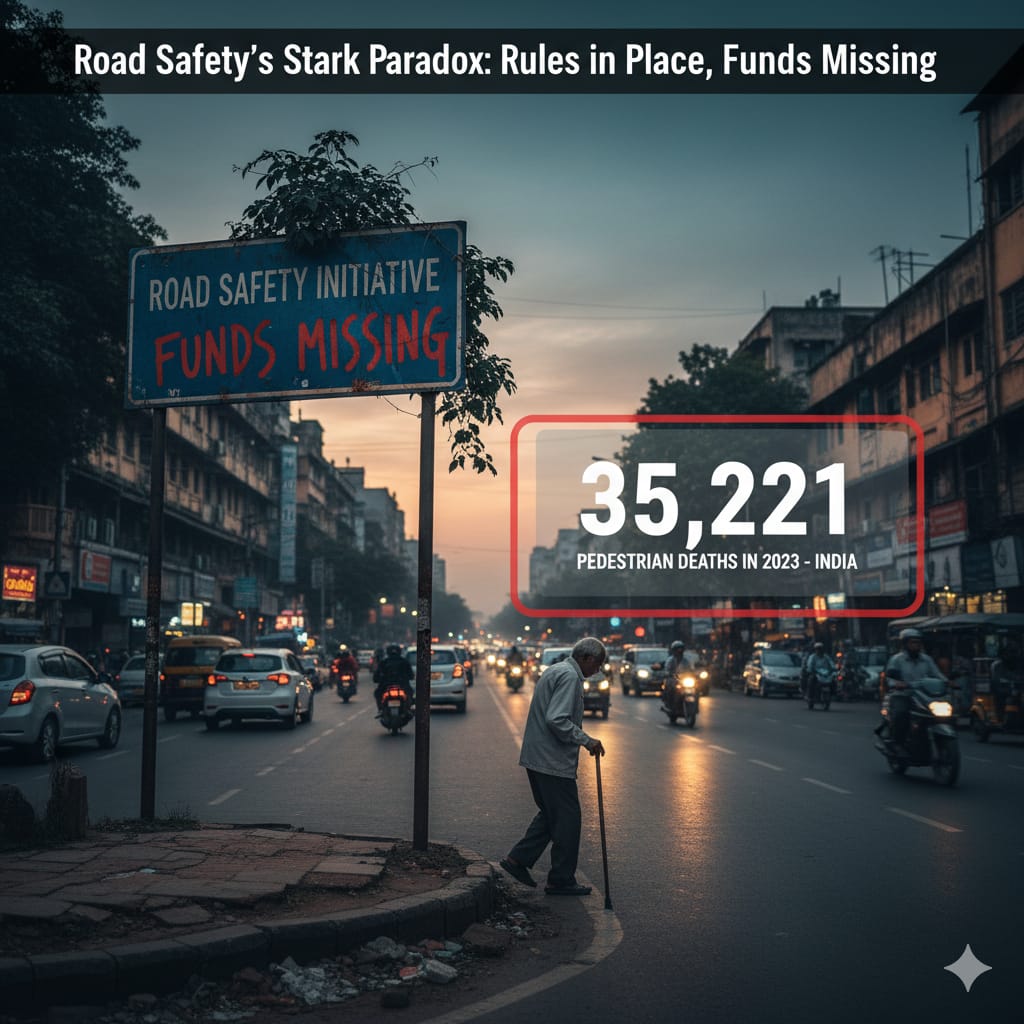
.jpeg)
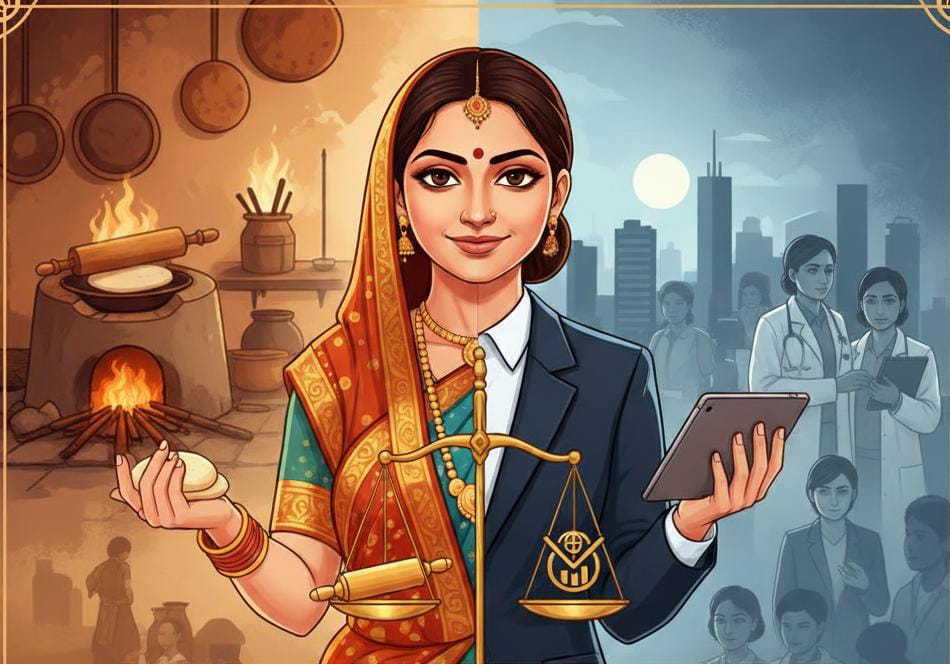



.jpeg)
